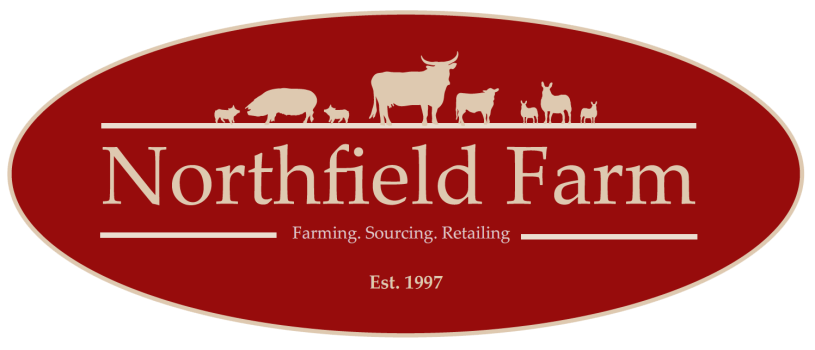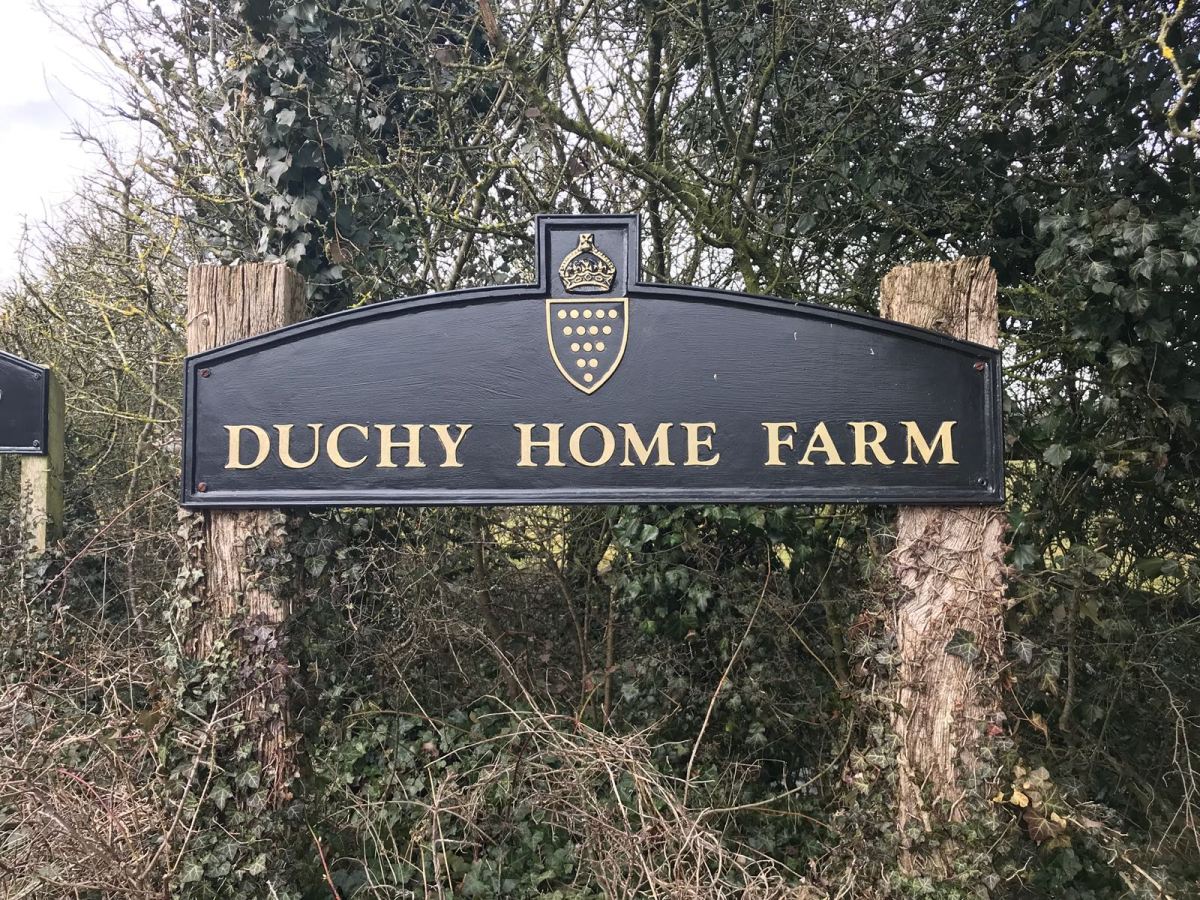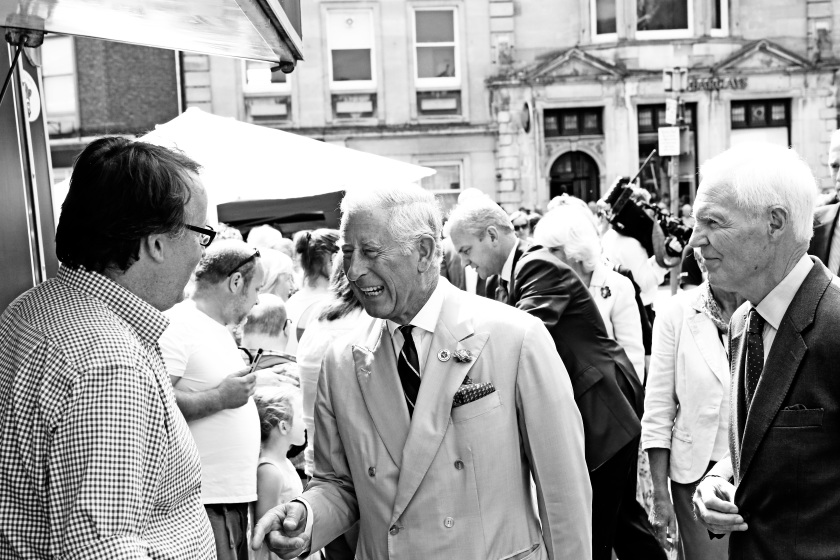I was asked by Clarissa’s nephew Edward to give an address at her memorial service. Ed gave me plenty of notice, but, as too often I left the actual writing until the day before. Each day during the time between being asked and the big day, as I woke up and as I fell asleep, another little memory entered my mind. Unusually for me, all those memories and many many more remained clearly in place when I came to write my notes. After the service, I was overwhelmed by the thanks and appreciation of so many people who had enjoyed my address. The reality, though, is that, although I wrote and ‘performed’ it, the spirit and the power, such as it was, came entirely from Clarissa.
St Bride’s
26th March 2015
‘Young man, it seems to me that you need a lesson in erection!’
These were some of the first words Clarissa ever said to me early one morning in a field somewhere in England when, as she put it, we were marching together in Henrietta’s Army.
The said lesson referred to the state of my poorly pitched tent and the Henrietta was, of course, Henrietta Green. The Army was the band of small artisan food producers, of which I was one, who followed in Henrietta’s redoubtable footsteps in her quest to reintroduce this country to proper food under the banner of her Food Lovers Fairs.
When I was asked to make this address Ed & I discussed me speaking for about three minutes. Apparently I said that I could talk about Clarissa for at least three days. I am sure that many of us feel the same. You’ll be glad to know that you won’t have to send out for sandwiches.
Clarissa formed several strong friendships among us which were to last the rest of her life. Clarissa’s passion during these years was for proper food produced by people who truly cared about their products. While the product always came first, and she championed many female producers, Clarissa made no secret of her fondness for what she regarded as a proper man, be he young, or not so young. If they happened to play rugby, so much the better, but she could even forgive one or two for playing with what she described as the ‘wrong shaped ball’.
Clarissa’s liking for Peter Gott’s well-turned calves, Les Salsbury’s sea dog air and Ian Hartland’s rugby hewn frame made for huge hilarity when we all sat around the camp fire long into the night.
As our friendship grew, Northfield Farm became a sort of haven for Clarissa. Somewhere she could come and stay for as long as she liked where she could write, talk when she wished, or just collapse in a heap if that was what was required. She had a few similar bolt holes around the country and I know they all meant a great deal to her.
Clarissa called one time to ask how far Northfield was from Sandringham as she had been invited to talk to the Sandringham WI. She was especially excited as the president of the Sandringham WI would be present. So excited was she at the prospect of meeting Her Majesty The Queen that she left Northfield at the crack of dawn, four hours earlier than needed and spent three hours once she arrived, sitting in her car waiting to be able to appear in a timely, calm fashion. When she got home that evening she was still riding high, full of child-like enthusiasm after what she described as one of the best days of her life.
Clarissa rarely cooked when she came to Northfield. A first night takeaway became a tradition as the years went by. The owners of our local Indian Restaurant loved it when she visited. Subsequent nights fell to me to be cook. Apart from being off duty, one of the reasons she disliked cooking at Northfield was that she loathed Agas and she especially loathed my ancient duck egg blue Aga which I always ran at as low a heat as possible. This became such a bone of contention that I saved her mobile number in my phone under the name of ‘Turn Up the Aga’. Whenever she was coming to stay, she would call me when she was about four hours away so that I would be reminded to Turn Up The Aga.
During the time that Clarissa was writing what became ‘Spilling The Beans’ we spent time on debating a title. A mutual friend of ours suggested simply ‘Game Bird’, which I felt covered so many meanings.
Clarissa telephoned me one day with the words,
‘I’ve just lost my dog’. ‘but Clarissa, you don’t own a dog’ I replied after a brain wracking pause.
She would occasionally start a call with a simple ‘its me’ but generally launched straight into whatever happened to be on her mind at the time. She explained that she was at a stage in writing the book where her dog had died and that the emotion had caught her unexpectedly and she needed to talk about it. That book cost her dearly, emotionally, which is, of course, one of the key reasons why it sold so well and spoke so eloquently to so many people.
Another time, Clarissa’s great friend Sally Merison was driving us around the Hampshire countryside, when Clarissa’s voice piped up from the back seat
‘I am twenty today’. ‘Here we go again’, I thought for a moment, until she explained that she had just realised that she had been sober for twenty years to that precise day. Clarissa’s sobriety was a source of great pride but also a source of humility in that it was a constant reminder of her own fragility.
Clarissa was extreme in her views. Her general damnation of vegetarians was a fair example, but she made exceptions and respected a robust defence of an opposing view, even if she was only rarely swayed from her own opinion. We very often agreed to disagree about our opposing views. Our evening debates often ended in a harrumph from her and a few moments of silence before we changed subject.
I went with Clarissa to The Scottish Grand National one year. Walking around with her was like accompanying Royalty. She was warmly greeted wherever we went. Clarissa never, to my knowledge, endorsed a food related product for direct gain. Indeed she stated many times that she had rejected huge sums of money offered by large businesses for her blessing. Many people just could not understand this and often asked me how much I had had to pay her for such ringing endorsements.
One such lady, the owner of a fish and Chip Shop, insisted on following us around that day at the Scottish National. She would try at every possible moment to engage Clarissa in conversation with the scarcely hidden aim of getting her to visit and endorse her establishment. Clarissa became more and more irritated while the lady seemed to become ever more determined, until after several hours she tried a different approach by pointing at me and complimenting Clarissa on her fine son who was walking everywhere with her. Clarissa stopped in her tracks,
‘My son? My dear lady, If he were my son, I would have had to have given birth to him at the age of eleven!’
Clarissa gave my elder son Leo the present of a fine fishing rod when he was about eight years old. I took all three of my children to stay with friends in the Scottish borders and we wandered down to the banks of the Tweed below Paxton House to watch one of the last of the old fishing boats, or cobbles, rowing out, paying out nets as they went to catch huge glittering salmon. We chatted to the men involved who were polite but frankly less interested in us than we were in them. I mentioned the gift and the giver and all changed.
We were invited back at dusk, providing we bought the rod, of course. Leo was given a lesson in fly fishing by the regional champion and all three children were taken out under the moonlight in the cobble to net the fish. Leo caught no more than a large tree, but again Clarissa’s fan club had proved its devotion.
Clarissa attended the Northfield Farm annual Christmas Fair for many years, signing books and chatting to visitors as only she could. Her last attendance was in December 2012 and coincided with a flurry of interest in her latest book, Clarissa’s England, and in particular the section in which she makes comments about multiculturalism and a visit to Leicester. Accusations of racism flew around in the national press, on local radio and online based largely on a very selective use of some of what she had written. Clarissa dealt with it all with great calm and cool debate.
That night we dined in my small restaurant on the farm which sadly no longer exists. I retired early. Clarissa stayed on for several hours chatting, having joined the tables of two Leicester based families of Asian origin who had bought the book, asked for her to sign them.
Clarissa had a true, deep love for the countryside which she attributed not only to her passion for food, but to having grown up in London. She loved dogs, cattle, British Lop and other pigs. She loved bombing around on a quad bike, the bigger engine the better. She would visit her many friends at Borough Market and revelled in time spent extolling the virtues of tripe and trotters to shoppers.
She would say things that I struggled to agree with, but I found over the years that actually, she was very rarely wrong, on any subject. She hated the misuse of the word ‘chef’, especially when applied to herself.
‘I am just a Fat Old Cook’ she would say. Children adored her and she could never understand why.
In the run up to her funeral I raised the issue that Clarissa had stated many times that she wanted her coffin to be carried by handsome young men. Three of whom would be my two boys and Will Rutherford. After much debate with the funeral directors a young guard of honour, including these three, was agreed upon. This was an elegant solution of which Clarissa would have approved.
As the coffin rolled out into the sunlight outside the Cathedral in Edinburgh, a man stood alone, clapping.
After a few moments he stopped clapping and walked up to my son Leo and shook him by the hand. He explained to Leo that he lived on the streets of Edinburgh.
Some years ago, in the gutter and in a pretty bad state he was set upon by a couple of youths who started to beat him as hard as they could.
Out of nowhere Clarissa appeared and launched herself at them, as only she could, until they ran away into the night. The man was certain that Clarissa had saved his life that night and when he heard of her passing, wished to say his own personal farewell.
Many of you will know that this was not the first episode of this kind.
This was Clarissa’s personification of Muscular Christianity.
For all our tears and fine words, this individual tribute was, I think, the greatest of all.
As Clarissa’s Mother used to say to her
‘Leave it to God, Clarissa, he has a far better imagination than you’

























